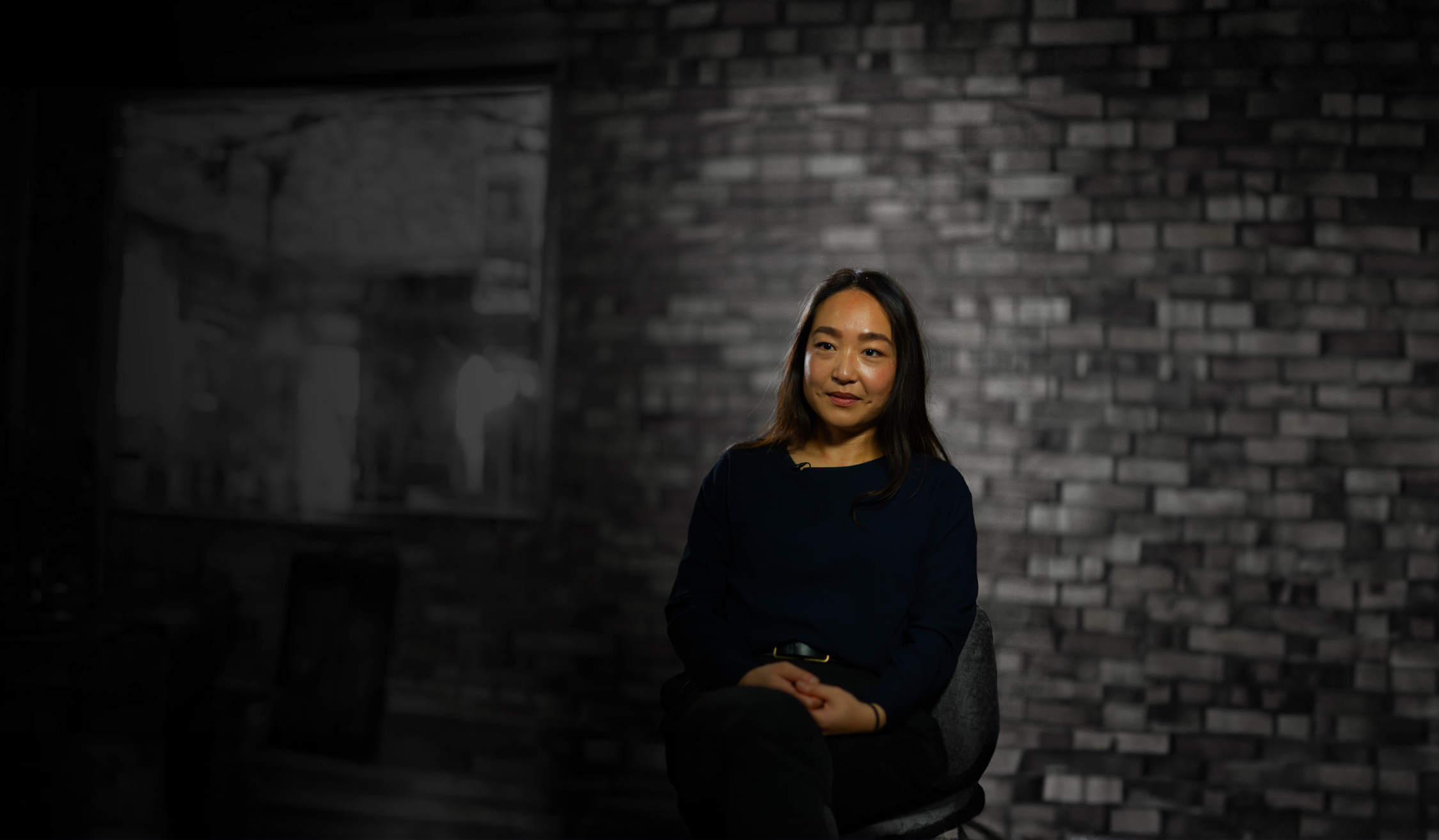Kirsty Fong
Te Tiriti as a base point to connect, and to stand in solidarity with hapū and iwi
No matter where you’ve come from, or when you arrived in Aotearoa, Te Tiriti o Waitangi is our first immigration document for tauiwi – or non-Māori – Kirsty Fong says.
After leaving Singapore to live in New Zealand at the age of six, Kirsty now works within migrant communities to help them understand Te Tiriti o Waitangi and how it relates to them as they live in Aotearoa.
“We’re all implicated in the Te Tiriti relationship, whether we’re conscious of it or not. And it’s heartening to see a growing mass of people from all walks of life understanding that it’s relevant to their lives, to their families, to their practices, to how we build connections with one another, seeking to honour Te Tiriti however they can”, she says.
Kirsty works as a facilitator for Tangata Tiriti – Treaty People, a nationwide education programme introducing the Treaty to new migrants to Aotearoa. She’s excited by the translation project, where resources and workshops are delivered around the country in 24 different languages, and counting.
“We go out to organisations and communities to share an accurate history about He Whakaputanga [the 1835 Declaration of Independence] and Te Tiriti o Waitangi. We try to create environments where people feel open to learn about something that might often be emotional and confronting,” she says.
Kirsty is also a co-founder of Asians Supporting Tino Rangatiratanga, an organisation of tauiwi from various Asian backgrounds who support tino rangatiratanga and mana motuhake through political education, standing i n solidarity with Māori-led movements.
The organisation is rapidly growing, she says, as people want to learn about Te Tiriti as a base point to connect, and to stand in solidarity with hapū and iwi. It focuses on the visions of constitutional transformation set out in Matike Mai, a 2016 report co-convened by Dr Moana Jackson and Professor Margaret Mutu.
“A lot of our participants have their own experiences of colonisation, of displacement, of oppression. And here they find a similar dynamic,” Kirsty says. “It’s especially inescapable as we see indigenous people with global support rise up around the world – in Palestine, Kanaky, West Papua, Sudan, and the Congo.”
“It’s important for tauiwi facilitators to do this work, because it shouldn’t fall on Māori to continually remind people of the importance and relevance of Te Tiriti. It’s a document that benefits us as tangata Tiriti, people of the Treaty.”
Kirsty finds tauiwi in the community are often inspired by their children or grandchildren learning about Te Tiriti at school.
“They don’t want to be left behind; they want to learn alongside. That intergenerational learning is so beautiful”, she says.
“Once we have the meaning and we know an accurate and truthful history, then we can reflect on it, bring it into our lives, and then move forward in deep relationship together. Te Tiriti is a really bold, beautiful, aspirational document.”
Kirsty first became aware of Te Tiriti while at high school in Auckland, studying Year 12 history.
“It was an elective and a somewhat unpopular one. It was a bit of a sanitised history, where Te Tiriti was reconciled with the Treaty of Waitangi. It was taught as the amalgamation of two peoples into one – into a peaceful, harmonious bicultural society.”
Kirsty hopes with the new Aotearoa New Zealand histories curriculum, successive generations will be taught an accurate history of our country – and ultimately, make her role redundant.
It was while studying law at university, Kirsty first understood the “complexities and nuances” of this country’s constitutional foundation.
In Law 121G, an introduction to law course, she read about the 1877 Wi Parata vs the Bishop of Wellington’ case in the NZ Supreme Court, where Chief Justice Sir James Prendergast dismissed the Treaty as a ‘simple nullity’.
“That was foundational learning for me, even though I failed it and didn’t want to be a lawyer after that,” says Kirsty (who graduated instead with a degree in Culinary Arts).
In 2016, Asians Supporting Tino Rangatiratanga began a journey to educate their own communities about Te Tiriti.
“The Treaty education movement started with Pākehā educating their communities, and as we are a multi- cultural society, we thought it was important to start connecting with our own communities through mutual learning and action,” Kirsty says.
As Asian communities lead New Zealand’s population growth, more and more want to learn about the country’s history and Te Tiriti o Waitangi.
“For a lot of racialised migrants, we too have experiences of racism, discrimination, colonisation and displace- ment,” says Kirsty. “There’s a long history of Māori-Asian solidarities that we seek to continue, standing shoulder-to-shoulder as we understand our liberation is fundamentally intertwined.”
Through her whakapapa, Kirsty positions herself as a guest in Aotearoa.
She quotes Dr Moana Jackson: “Te Tiriti o Waitangi welcomed people from somewhere else onto our marae. You are welcome. You can live your lives as who you are. But this is the basic kawa [marae protocol]: that you will respect the rights of others, you will respect the land and you will work together to make this a better place.”
Kirsty’s ancestors are Hakka peoples, who were internally displaced northern Han Chinese who sought refuge in southern China. “They were given the name ‘Hakka’, meaning ‘guest families’. I find relevance in that term because we are people of migration, and that’s how I situate myself today. Because of Te Tiriti, we are manuhiri [guests],” she says.
“And to be manuhiri is an honour and a responsibility.”
 -
-